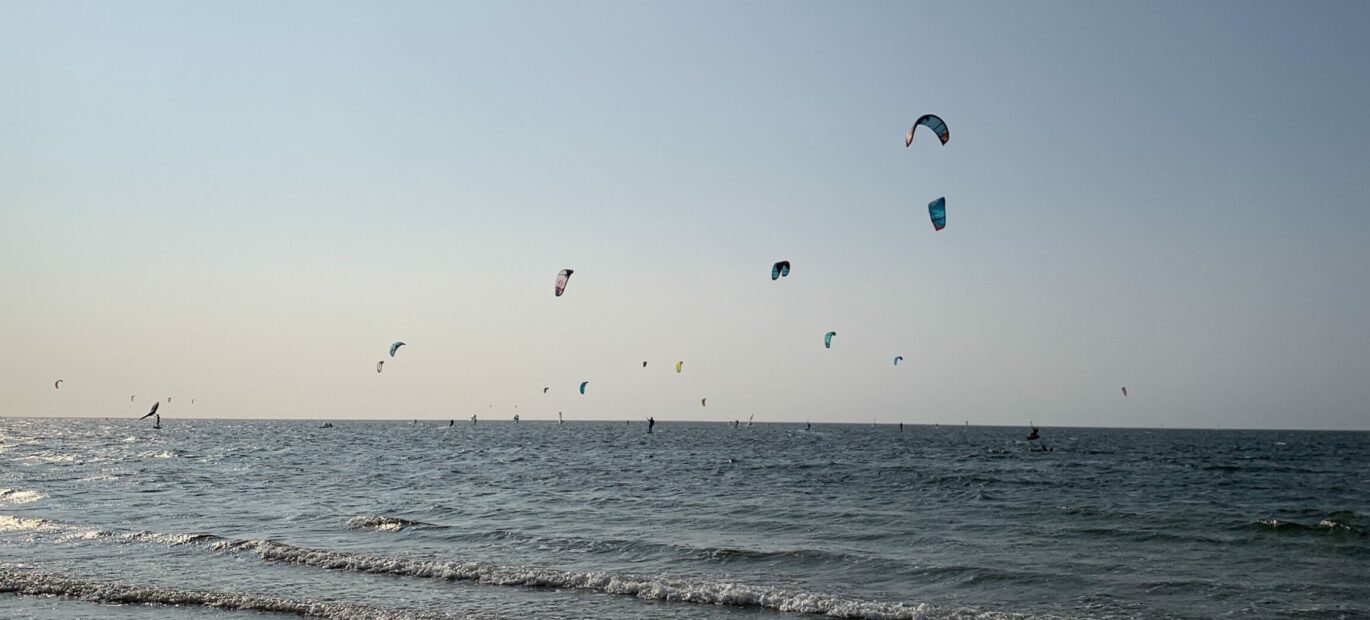Surfers
Make sure you are well prepared when you go surfing. This starts at home with the marking of your surfing equipment. But also make sure you know what to do if you lose your surfing equipment.

Marking your equipment
It is important to mark surfing equipment with your name and mobile telephone number. This makes it easier to trace the owner if someone finds the surfing equipment. This can prevent unnecessary searches. The Royal Netherlands Sea Rescue Institution (KNRM) provides special ‘Be Traceable’ stickers free of charge. You can stick them on your board, boat and/or equipment and write your name and mobile number on them.
And while you are busy marking your equipment, make sure to take a photo of it as well. If you happen to lose something, you can send a photo to the Coastguard.
Reporting lost surfing gear
If you lose equipment on the water or on the beach, you should immediately report this to the Coastguard Centre at ccc@kustwacht.nl. Examples include a sail, a surf board or a kiteboard. This can prevent unnecessary searches! If the described equipment is found and reported to the Coast Guard, the Coast Guard Centre will contact you.
Please include the following information:
- A clear description (preferably with a photo) of your equipment.
- The location where it was lost.
- The date and time you lost it.
- Your contact details (name, address, telephone number and email address).
No storage
The Coastguard has no storage facility for found equipment. If your equipment is found by someone, you must make arrangements with the finder to get it back. On Facebook, there are also several groups with ‘lost and found’ surfing equipment.
Equipment for alerting the Coastguard
There are several options:
- A Personal Locator Beacon (PLB) is specifically designed for use on the water. It allows you to warn the Coastguard immediately when you are in distress. It is waterproof, it works at the push of a button and your location is immediately shared with the Coastguard, so help can be sent directly to your location. The Coastguard will know where the distress signal came from and what is going on.
- With a mobile telephone in a waterproof case. However, this requires you to carry out multiple actions – while you are in the water. Also, you may not have coverage on the water, and not all telephones are waterproof. In addition, your location will not be shared automatically, and sometimes that information will be difficult to pass on.
- You can also bring flares to alert the emergency services, especially if they are searching for you in the dark.